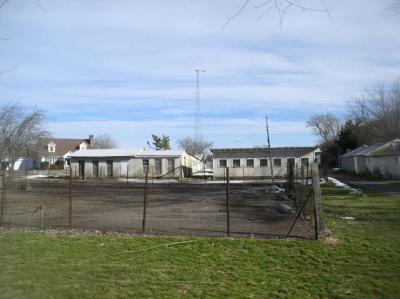Julie Lofstad Sworn In
Julie Lofstad Sworn In
More than two months after the resignation of Brad Bender, the Southampton Town Board became whole again. Julie Lofstad was sworn in as a councilwoman at Tuesday’s meeting, having won a special election on Jan. 26.
The board had to wait until the election results were certified. Ms. Lofstad, who ran on the Democratic, Independence, and Conservative party lines, received 62 percent of the vote over Richard W. Yastrzemski, a Republican. Ms. Lofstad’s election gave Supervisor Jay Schneiderman the majority vote on the board.
“Not only does Hampton, Bays, where Julie comes from, have a voice, but I know she will be a voice for the whole community,” the supervisor said, adding she offers a voice “for small business, and particularly the commercial fishing industry, which often is concerned about how government impacts its industry.”
She has run a commercial fishing business with her husband for the past 15 years. “We haven’t had too many on the South Fork, elected town board members, who have come from that industry so I think it’s going to be an important voice, for our environment, and many other things,” he said.

